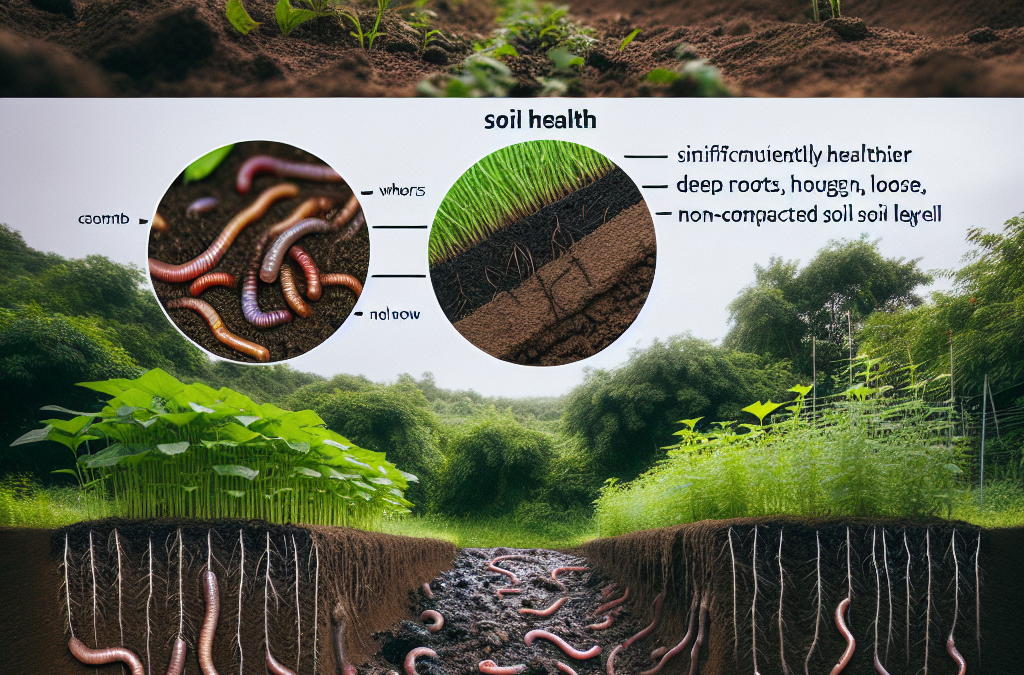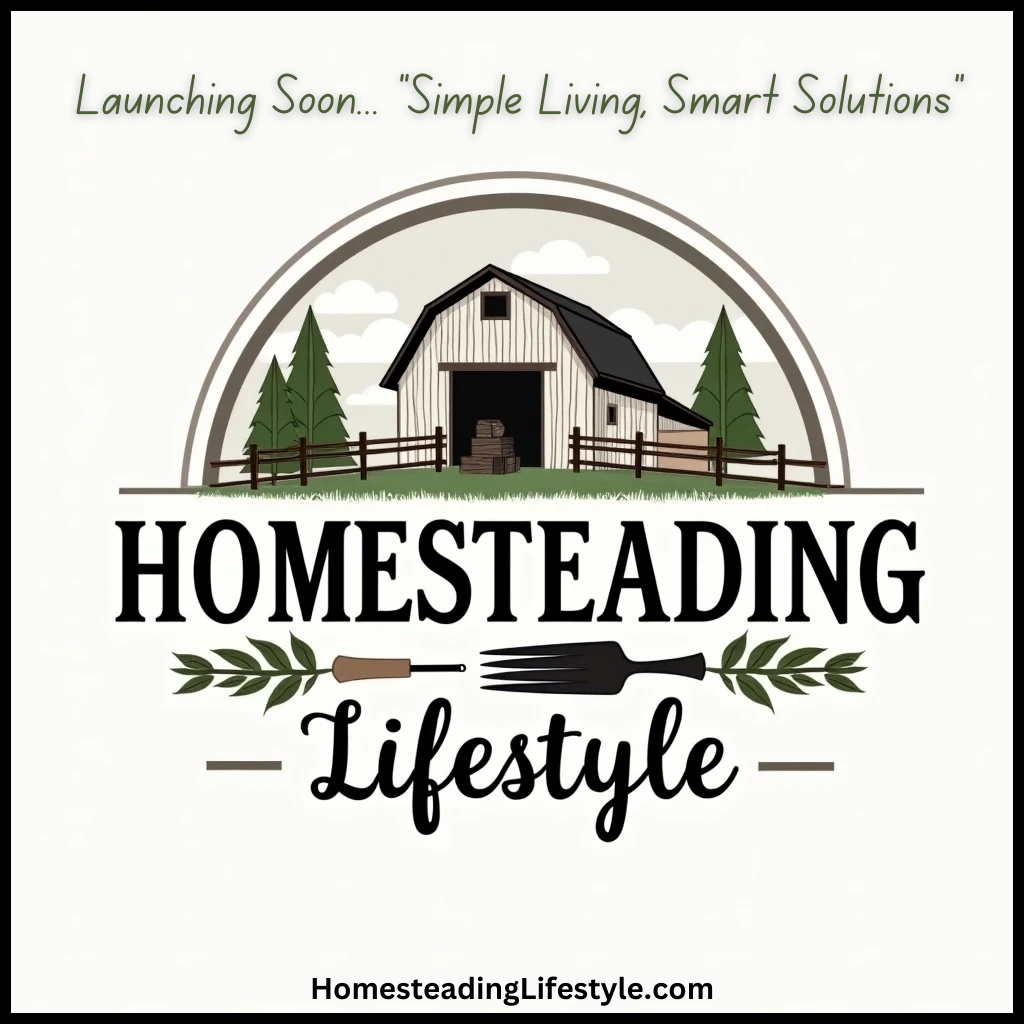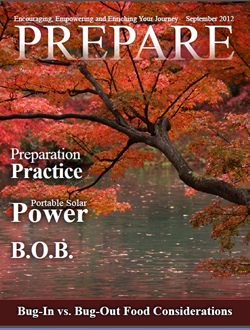Improved Soil Structure
How It Works
When you opt for no-till gardening, you let nature work its magic. By leaving the soil undisturbed, you’re allowing earthworms and microorganisms to thrive. These little buddies create natural soil aggregates, which improve aeration and water retention. Doing this helps promote healthier roots and better nutrient uptake.
I remember when I first started no-till gardening, I was amazed at how fluffy and rich my soil became without all that turning over. This structure not only supports the plants but also prevents erosion and the loss of valuable topsoil. Good soil really is the foundation of a successful garden!
Over time, this improved structure can turn compacted soil into a vibrant ecosystem, allowing air and water to reach your plants’ roots. Trust me, your plants will thank you for it!
Enhanced Soil Biodiversity
Diversity is Key
One of the coolest things about no-till gardening is that you encourage a diverse community of soil organisms. By not disturbing the soil, you allow creatures like beneficial bacteria, fungi, and insects to thrive. Each of these plays a role in breaking down organic matter, which helps create a nutrient-rich environment.
In my own garden, I’ve seen a real uptick in the amount of earthworms and other critters since I switched to no-till practices. It’s like opening the door to a vibrant neighborhood in my soil that was previously locked away!
This diversity not only enhances the soil’s health but also its resilience against pests and diseases. A robust soil community can essentially fight off threats themselves, freeing me up to enjoy the growing season without constant worry about what’s lurking underground.
Reduction in Soil Erosion
Keeping It Together
No-till gardening is like giving your soil a strong hug. By keeping those soil layers intact, you reduce the risk of erosion caused by wind or water. I’ve experienced firsthand how disastrous erosion can be for any garden, and adopting no-till practices has been a game changer.
When it rains, that top layer of soil can get washed away easily if it’s been disturbed. But with no-till methods, the soil stays put, and more moisture is retained. As a result, I end up watering less frequently, which is a win-win!
This practice not only protects your plants but ensures that the nutrients in the soil remain available longer. I can confidently say that my garden’s health has improved, which means more food and better quality produce.
Improved Water Retention
Save the Liquid Gold
Let’s talk about one of the most precious resources: water. By practicing no-till gardening, I’ve noticed a significant increase in my garden’s ability to retain moisture. Think about it—when the soil is left undisturbed, it forms a sort of sponge that can absorb and hold onto water so much better.
No-till methods also encourage a diverse number of plants to grow, which creates a canopy effect that reduces surface evaporation. This means I use less water, and I still get robust plants thriving in my garden.
During the hotter months, this benefit really shines. My garden stays lush, and I’ve cut down on irrigation costs, which makes my wallet happy too!
Reduced Fertilizer and Pesticide Needs
Going Green
One of the most rewarding aspects of no-till gardening is its ability to reduce the need for chemical fertilizer and pesticides. With an undisturbed soil ecosystem, the natural processes do the hard work for me. Microbes in the soil break down organic matter and release nutrients, making them available to plants without needing to resort to synthetic alternatives.
In my experience, this has led to healthier plants that can resist pests naturally. Healthy soil equates to healthy plants, and I’ve seen a decrease in pest problems since I adopted no-till practices. Plus, I feel much better knowing I’m using fewer chemicals that could harm beneficial insects.
So, when you think about it, transitioning to no-till isn’t just better for your soil; it’s better for the environment, too! I feel like I’m doing my part to improve the planet, one garden bed at a time.
FAQ
1. What is no-till gardening?
No-till gardening is a method where you don’t disturb the soil by digging or tilling. Instead, you plant directly into the soil, keeping it intact to maintain its natural structure and ecosystem.
2. How does no-till gardening improve soil health?
No-till gardening promotes better soil structure, enhances biodiversity, reduces erosion, improves water retention, and decreases the need for fertilizers and pesticides. All these factors contribute significantly to healthier soil.
3. Can I still grow vegetables in a no-till garden?
Absolutely! No-till gardening is great for growing vegetables, and many gardeners report healthier and more productive yields with this method.
4. Is it easier to maintain a no-till garden?
In many ways, yes! While starting a no-till garden might require some adjustments, many find that it requires less maintenance in the long run, as the soil health improves and plants thrive naturally.
5. How can I start a no-till garden?
To start a no-till garden, you can begin by adding organic matter, like compost, to your garden beds. Then, simply plant without digging. Using mulch and cover crops can also help maintain soil health while you get the hang of it.





